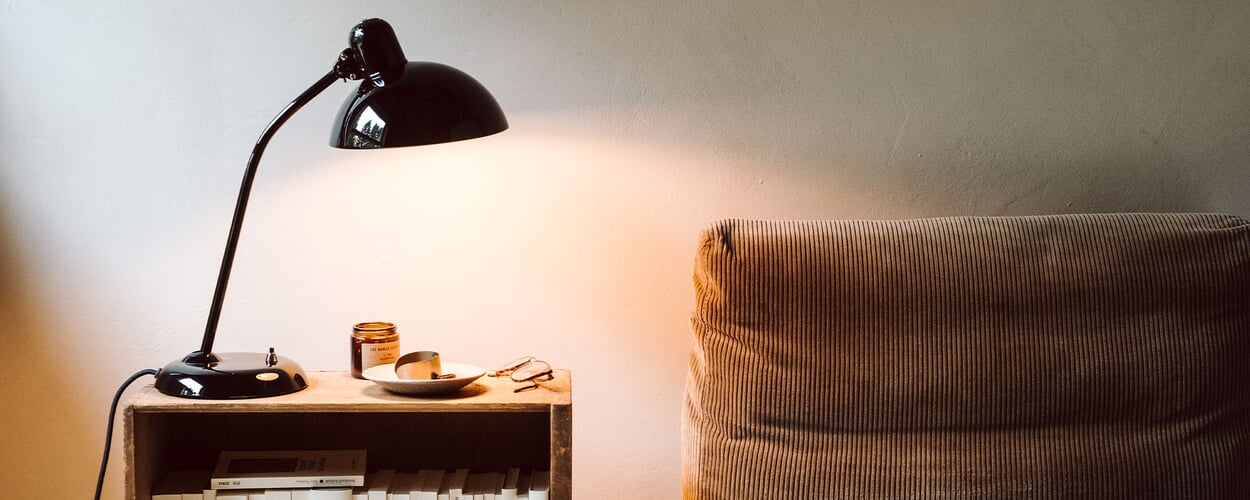Manufacturer
Emperor ideal. For the benefit of the work, for the protection of the eyes
The fame of the Kaiser idell work lamps from Neheim-Hüsten was based not only on their outstanding workmanship but also on a technical concept that incorporated the latest findings on light control and ergonomics at the time. The designs came from Christian Dell, who was the metalwork master at the Weimar Bauhaus from 1922 to 1925 and headed the metal workshop at the Frankfurt Art School from 1926 to 1933. This collaboration was also reflected in the name "Kaiser idell," which stands for lamps by Kaiser based on an idea by Dell. For some years now, they have been manufactured again in Denmark - with the same design, quality and craftsmanship. Thus, the reflector shades - and for the table lamps also the feet - are carefully wet painted and polished by hand.

